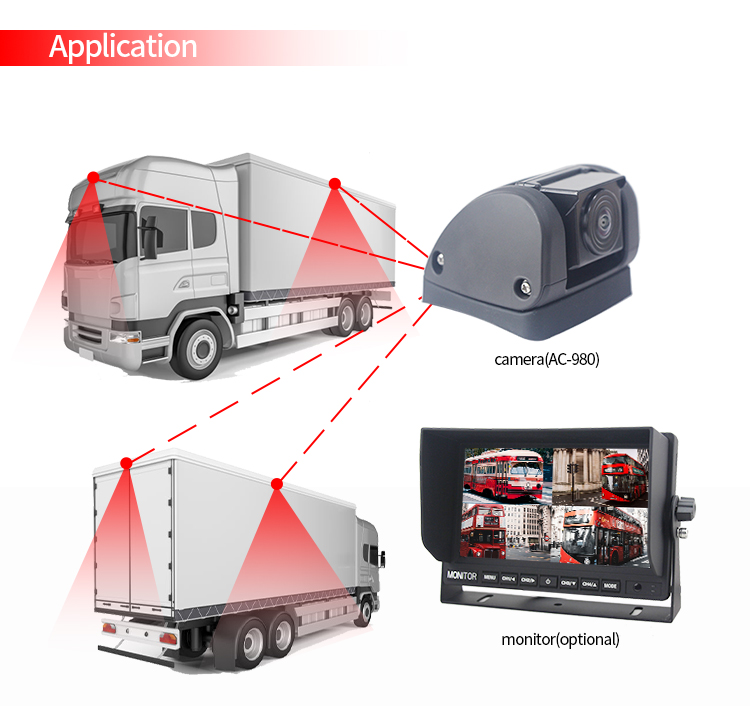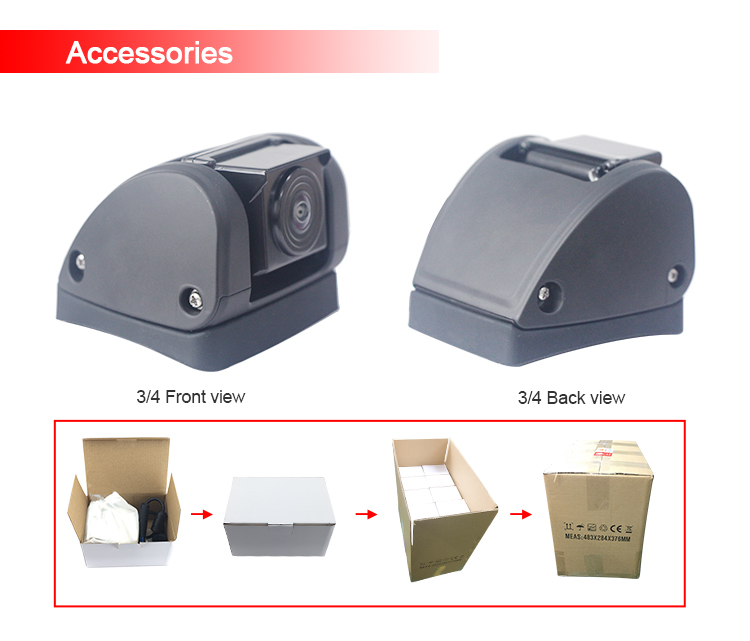Choosing Between Reverse Camera and Parking Sensor: Which is Ideal for You?
Parking has long been a challenge for drivers, demanding precision and a keen eye to maneuver efficiently. Technologies like reverse cameras and parking sensors have emerged as valuable aides to assist drivers in navigating parking spaces with ease.
Distinguishing Between Reverse Camera and Parking Sensor:
The core difference lies in their approach: parking sensors provide information about the distance between your vehicle and surrounding obstacles, while reverse cameras offer a visual from the rear, aiding in precise maneuvering during reversals.
Benefits of Reverse Camera
● Ideal for larger vehicles, addressing blind spots effectively.
● Cost-effective, unless additional monitor installation is required.
● Eliminates the need for constant physical checks while reversing.
Drawbacks of Reverse Camera
● Visibility can be hampered in adverse weather conditions.
● Requires a monitor for effective use, adding to the setup complexity.
● Demands increased attention while reversing.
Advantages of Parking Sensors
● Unaffected by weather conditions, ensuring consistent functionality.
● Enables focus on the rear without dependency on a screen.
● Offers broad visibility but may not cover all blind spots.
Disadvantages of Parking Sensors
● Limited effectiveness in larger vehicles due to diverse blind spots.
● Higher cost compared to reverse cameras.
● Installation can be more challenging.
Functions and Types
Reverse cameras provide a comprehensive view of the rear while reversing, displaying precise distances between your vehicle and obstacles, facilitating seamless parking. There are diverse types available, including wireless variants, with the option to install larger screens for enhanced visibility and entertainment purposes.
Parking sensors rely on technology to gauge distance between your vehicle and surrounding objects, offering alerts without visual aid. Various sensor types include electromagnetic and ultrasonic sensors, each employing distinct methodologies to alert drivers.
Location and Placement
Reverse cameras are typically installed either near the license plate at the rear or in side positions, with screens placed within the central dashboard area for convenient viewing.
Parking sensors are typically situated on the rear bumper, enabling detection of objects that might be otherwise obscured from view.
Most modern vehicles are equipped with advanced versions of both reverse cameras and parking sensors, offering drivers flexibility in choosing according to their preferences. These technologies significantly reduce accident risks and have notably simplified the challenging task of parking.
‘Jeavox, a leading company, understands the challenges posed by blind spots to the front and rear of Heavy Goods Vehicles (HGVs). Jeavox is committed to implementing solutions aimed at reducing such occurrences and enhancing road safety. Please do free to contact us’
Our hot-selling reverse camera
How dose it install?

What's in box?

Contact: Mr.Tom
Phone: 0086-755-85279352
E-mail: sales@szjeavox.com
Add: FL7-8,4 Bldg,Honghui Industrial Park,Liuxian 3 Rd,68 Zone,Bao'an,Shenzhen, China